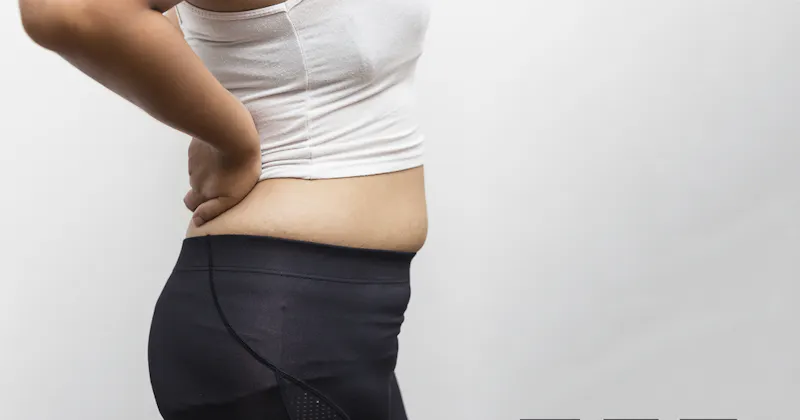Can you exercise while on your period?


It's safe to exercise during your period, but you might notice your energy levels changing throughout your cycle. Understanding how your body changes can help you know when to push yourself and when to ease back to avoid injury.
Many women wonder whether it’s okay to exercise during their period. Most experts agree that provided you feel good, exercising on your period is absolutely fine. In some cases, it can even help ease the pain from menstruation cramps.
Of course, everyone is different, and your energy levels will change throughout your menstrual cycle.
Learn how your health affects your training with a sports performance blood test.
How progesterone and oestrogen impact your energy
Although your body is affected by numerous hormones, there are two that play a major role in the relationship between exercise and your cycle — progesterone and oestrogen.
Progesterone
Sometimes called a ‘sleepy hormone’, progesterone stimulates your brain to produce a neurotransmitter called gamma-aminobutyric acid (GABA) — which helps you ‘switch off’ and sleep. When levels of progesterone rise, you tend to feel tired. But, your sleep quality also tends to improve, which helps with overall energy levels.
When progesterone levels fall, the lower amount of GABA produced by your brain might impact your sleep quality.
Oestrogen
Having a good balance of oestrogen can really help with your overall energy levels. When you have low oestrogen levels, you might feel more tired or weak.
How energy levels change throughout your menstrual cycle
Based on recent studies, here’s a top-level of what you might expect each week of your cycle, and how that can impact your fitness and exercise routine:
Week 1
The first week of your cycle starts on the day you get your period. During this time your oestrogen and progesterone levels will be at their lowest. This will likely leave you feeling tired.
But, by day 4 or 5, your body will be producing more and more hormones. The steady rise in oestrogen will help you feel more energised and help with endurance. The slight rise in progesterone will also help you sleep better at night, aiding with overall recovery from exercise. Provided that you don’t experience period cramps (and you feel ok), this is a great time to push yourself.
Week 2
The second week is when your oestrogen production spikes in preparation for ovulation. Your progesterone, meanwhile, remains relatively low. Because of this, it’s likely that you’ll feel very energised.
The week after your period is when high-intensity interval training (HIIT) and strength training tend to come easiest.
Week 3
Having reached their peak, your oestrogen levels start quickly dropping. Your progesterone levels, however, are on the rise. This might leave you feeling tired, sluggish, and not in the mood to exercise — it’s completely natural.
Equally, exercising is absolutely fine if you feel up to it. More gentle activities like swimming, jogging, or yoga are great ways to stay active. In fact, a bit of exercise is likely to help boost your mood and overall energy levels.
If you find you’re not reaching the same intensity as the previous two weeks, it’s most likely down to the decrease in oestrogen — not anything you’re doing wrong.
Week 4
This is the final week of your cycle, the week before your period starts. Your oestrogen and energy levels will continue to fall — so your energy levels tend to be lower.
Like in week 3, exercise can help support your mood and energy, as well as help ease premenstrual symptoms (PMS). But this is also when you’re most likely to get injured, so you might need to take it easier.
Of course, everyone is different and you should always listen to your body. The above are just guidelines.
de Jonge, X. A. J. (2003). Effects of the menstrual cycle on exercise performance. Sports medicine, 33(11), 833-851.
National Health Service. 2020 Period Pain. Retrieved May 2020 https://www.nhs.uk/conditions/period-pain/
Office of Women’s Health. Physical activity and your menstrual cycle. Retrieved May 2020 https://www.womenshealth.gov/getting-active/physical-activity-menstrual-cycle